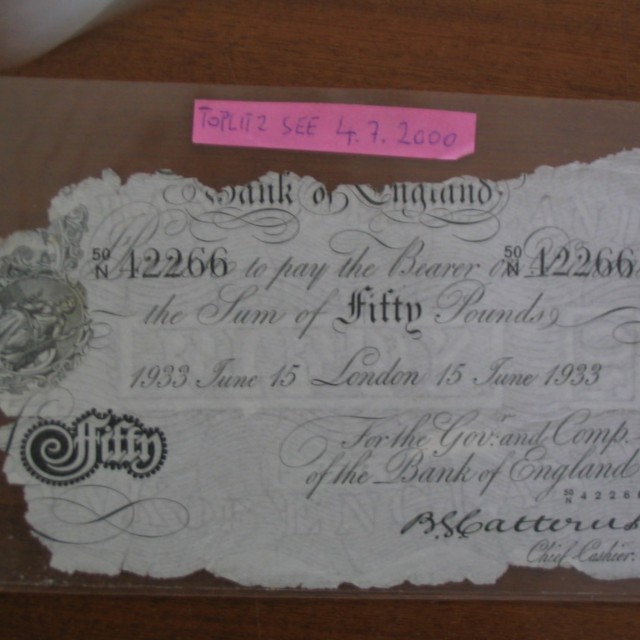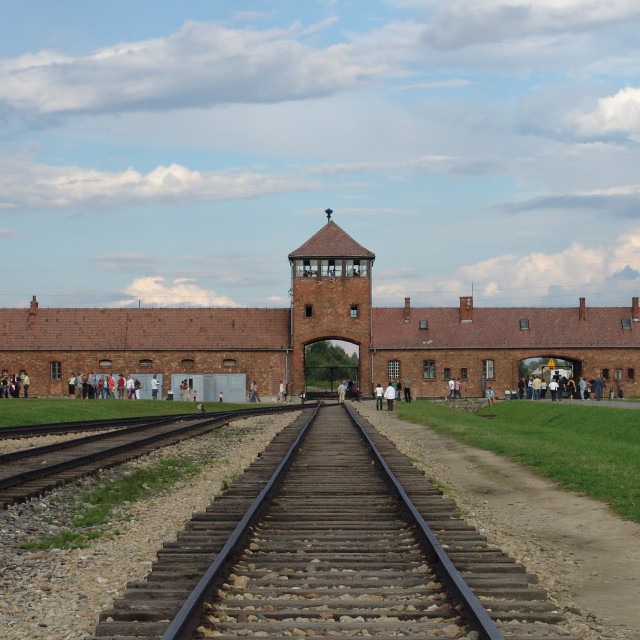They called me, a prisoner, Herr!
Just like all the other prisoners in the Auschwitz-Birkenau concentration camp, Adolf Burger was a mere number. He was awaiting his death. But one day in 1944, he was called to the office of the head of the camp, Hösse, which was very unusual in itself. Adolf Burger recalls: “’Häftling 64 401 zur Stelle!‘ So I presented myself. And he looked at me and said: ‘Are you Mr. Burger?’ He called me Mr.!! So I stuttered out that yes, that was me. ‘And are you a typographer?’ I said: ‘Yes.’ And he got up and said: ‘Herr Burger (he called me, a prisoner, Herr!) tomorrow you are going from Birkenau to Berlin where you will work. Our printing offices need experts like you; you will be allowed to live and work like a free man.’” Adolf Burger became one of the members of a secret group that was in the end transferred to specially adjusted blocks in Sachsenhausen. “I remember how I walked down the stairs and thought to myself that it was not possible. Birkenau came under the NN order (Nacht und Nebel – night and fog). No one was allowed to send letters from the camp and its existence had to be kept secret. And all of a sudden, I was allowed to leave!”
Hodnocení
Hodnotilo 0 lidí
Routes
Not a part of any route.
Comments
No comments yet.













